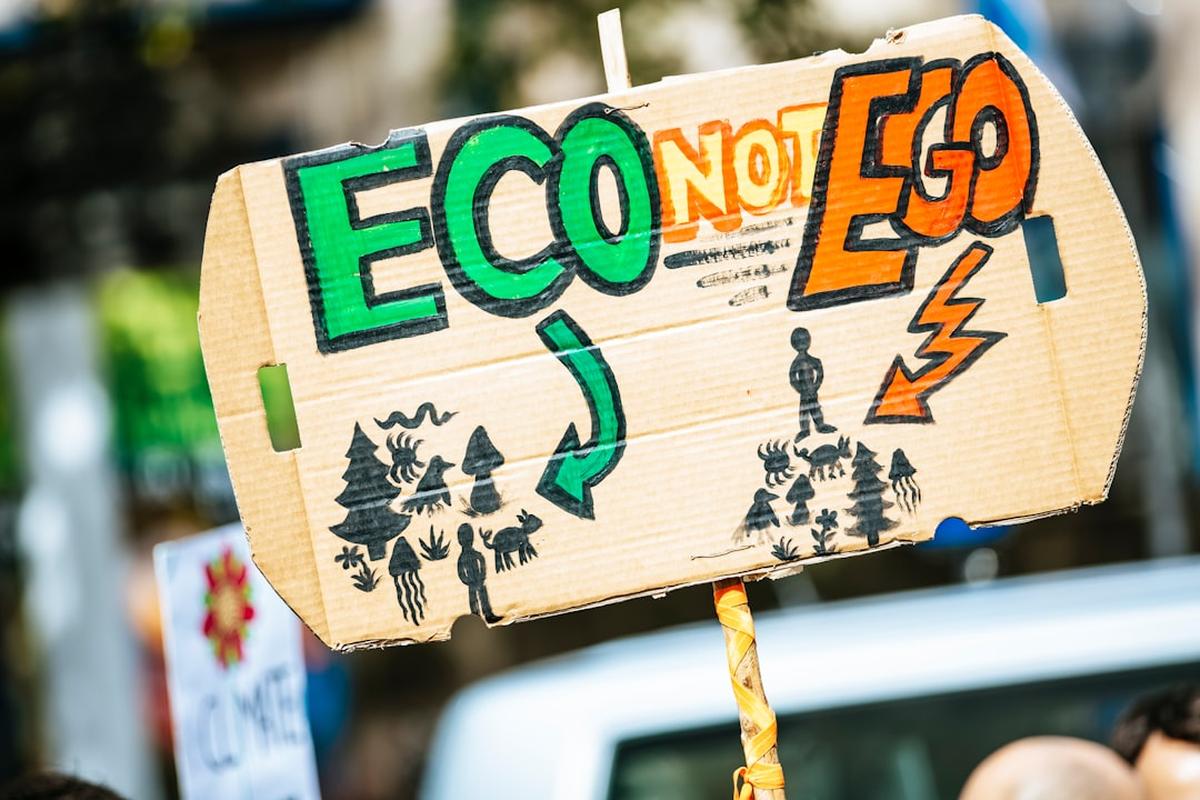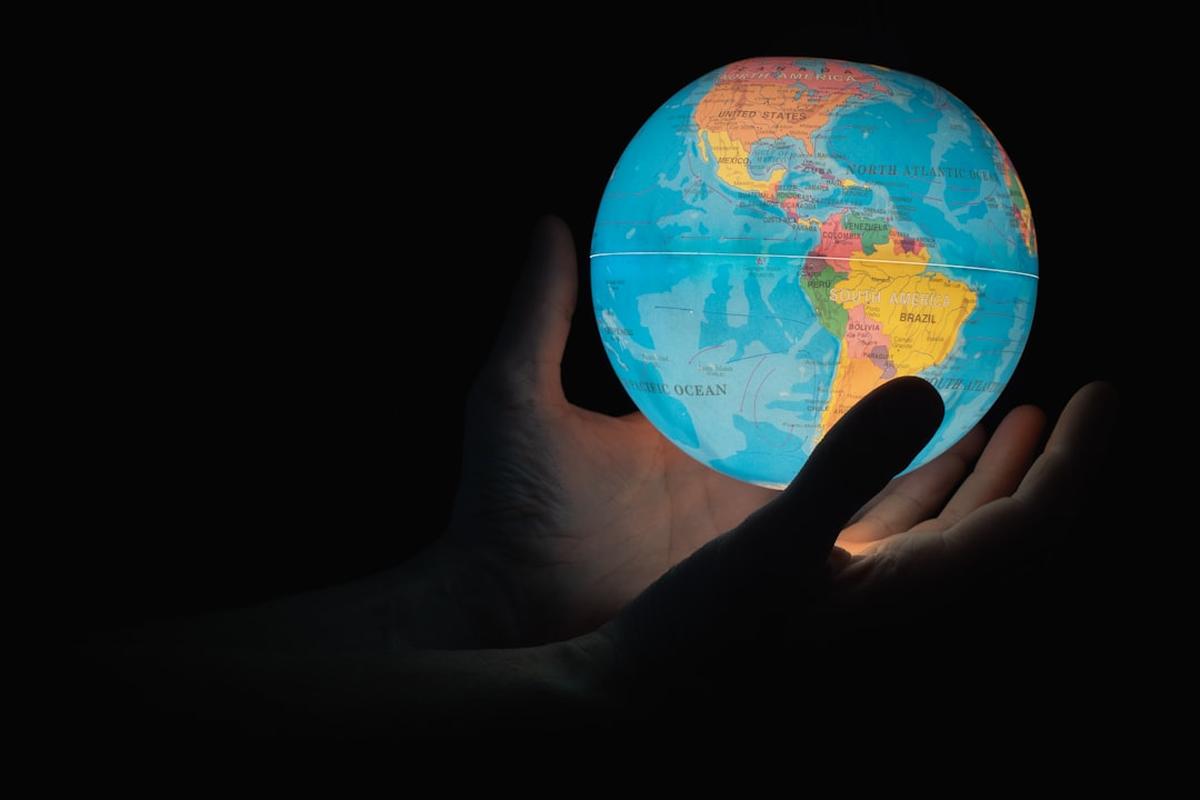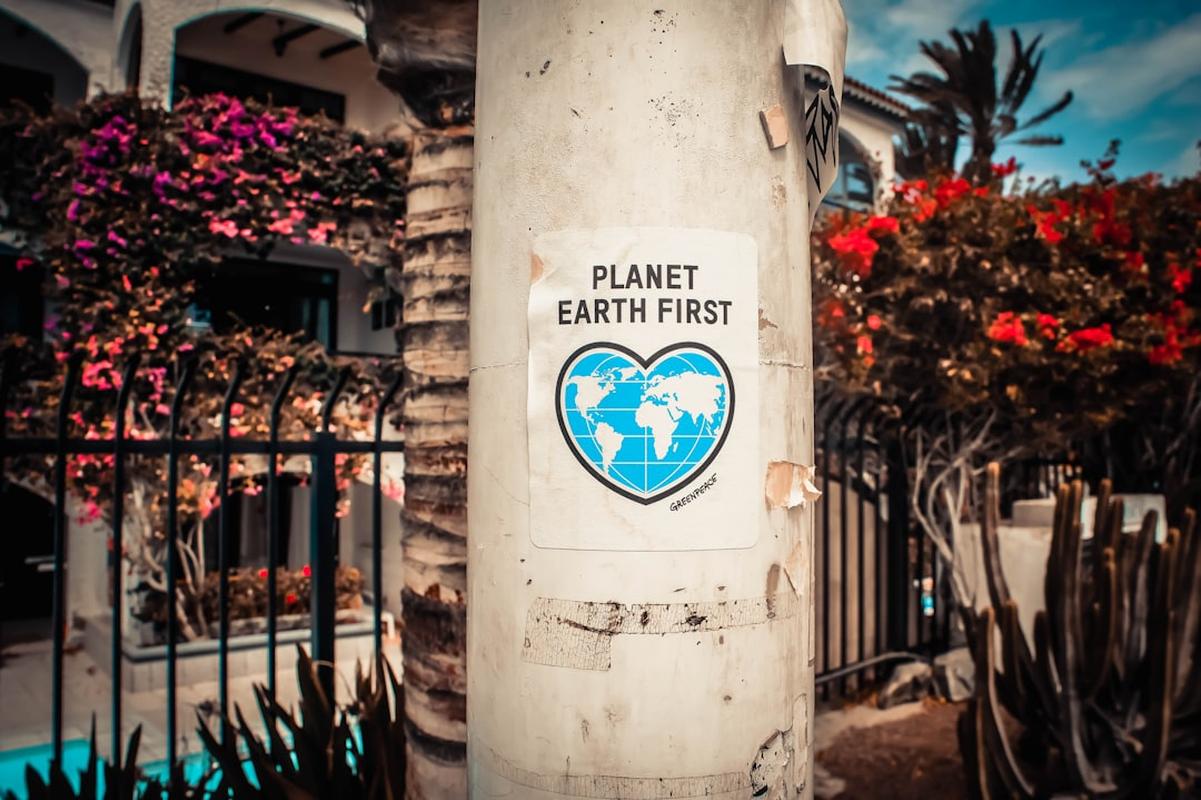Introduction to the Meaning of Sustainable Development Goals
At the core of the SDGs is a big change in how we approach development. Progress is no longer just about economic growth; now we also care about the well-being of people, the health of our planet, and the strength of our communities. This all-encompassing approach recognizes that true prosperity can’t happen without taking care of the environment and promoting social fairness.
The SDGs build on the successes and lessons learned from the previous Millennium Development Goals, which helped lift nearly one billion people out of extreme poverty. But, as the reports show, progress has been uneven, with a lot of work still needed to achieve gender equality, fight climate change, and ensure access to essential services for everyone. Achieving the full potential of the SDGs will need a lot of collaboration and commitment from governments, businesses, and civil society.
Funding the SDGs is a big challenge, with estimates suggesting over $4 trillion in annual investment is needed. But the potential rewards are huge, both in terms of improving human well-being and protecting the planet for future generations. By aligning our efforts and resources, we can turn the SDGs from a lofty vision into a real thing, creating a world that is fairer, more sustainable, and more prosperous for everyone. 1 2
 Photo by Markus Spiske on Unsplash
Photo by Markus Spiske on Unsplash
The Core Principles Behind the Meaning of Sustainable Development Goals
The Sustainable Development Goals (SDGs) are a bold and ambitious blueprint for a fairer and more sustainable future. At the heart of this agenda are three key principles that drive meaningful progress.
First and foremost, the SDGs are interconnected, recognizing that the 17 goals are all linked and cannot be tackled in isolation. Progress in one area directly affects and is affected by progress in others. This holistic approach is crucial as it encourages solutions that address the complex challenges our world faces.
Secondly, the SDGs require a comprehensive approach that aligns economic, social, and environmental considerations seamlessly. This integrated approach acknowledges the connections between human well-being, economic prosperity, and environmental stewardship. By embracing this principle, we can unlock synergies and drive transformative change.
The SDGs apply to all countries and communities, regardless of their level of development. This universal nature highlights the shared responsibility we all have in creating a more sustainable and fair world. It also emphasizes the need for collaborative action, as global challenges do not respect borders.
As we reach the halfway point to the 2030 completion date for the SDGs, progress has been uneven. To reignite momentum, we must return to the core principles of the 2030 Agenda. By embracing holistic thinking, integrated approaches, and a shared global commitment, we can pave the way for a truly transformative future. 3 4
 Photo by Greg Rosenke on Unsplash
Photo by Greg Rosenke on Unsplash
How the Meaning of Sustainable Development Goals Shapes Global Policies
The Sustainable Development Goals (SDGs) are a bold blueprint for a better future. Adopted by the United Nations in 2015, these 17 goals aim to eradicate poverty, reduce inequality, and protect our planet by 2030. However, reaching these goals has been quite challenging.
Halfway to the 2030 deadline, progress on the SDGs has been slow, with only 15% of the goals on track. The COVID-19 pandemic, the worsening climate crisis, and the war in Ukraine have all made it harder to make progress, undoing gains in developing economies. Experts have also criticized the SDGs for being too broad and lacking accountability, as they are not legally binding.
Despite the obstacles, the SDGs continue to shape global policies and priorities. Funding for the goals comes from various sources, including national governments, the private sector, and international development banks. Countries are responsible for their own progress and are encouraged to submit voluntary national reviews, with Finland, Sweden, and Denmark leading in overall SDG achievement.
- The 17 SDGs are what U.N. member countries hope to achieve by 2030, with each goal having targets and indicators to measure progress.
- NASA Earth observation data play a crucial role in assessing progress toward meeting the SDGs, as the data inform our understanding of the interconnectedness of people, the planet, and prosperity.
- To achieve the SDGs by 2030, the UN estimates an additional $4 trillion in financing is needed per year, highlighting the scale of the challenge.
Despite the daunting obstacles, the SDGs remain a source of hope, a visionary plan for a more sustainable and fair future. By working together globally, being innovative, and staying committed to the common good, we can overcome the challenges and realize the potential of the Sustainable Development Goals. 5 6
The Future Impact: Understanding the Meaning of Sustainable Development Goals
The Sustainable Development Goals (SDGs) are a bold and ambitious plan for a better future. Created by the United Nations in 2015, these 17 goals are all connected and aim to tackle various global challenges, from poverty and inequality to climate change and environmental damage. The core belief behind the SDGs is that by working together, we can build a fairer, more sustainable world for everyone.
Each of the 17 goals is linked, showing how complex sustainable development is. For example, getting rid of poverty also means dealing with hunger, health, and education. Similarly, protecting the planet’s resources is connected to promoting sustainable cities, responsible consumption, and climate action. This approach recognizes that real progress needs a collaborative effort.
India, with its large population and diverse challenges, plays a crucial role in the global pursuit of the SDGs. Facing issues like inequality, environmental damage, and gender disparities, India’s journey towards sustainable development is both inspiring and challenging. Through innovative policies, grassroots initiatives, and the determination of its people, India is moving towards a fairer and more sustainable future.
Overall, the SDGs call for action, urging governments, businesses, civil society, and individuals to work together towards a better future. By aligning our efforts, pooling resources, and understanding how these goals are interconnected, we can unlock the potential of sustainable development and create a world that benefits everyone. 7 8
 Photo by Jeffry Surianto on Pexels
Photo by Jeffry Surianto on Pexels
References
-
“Sustainable Development Goals” - education.cfr.org ↩
-
“What Are Un Sustainable Development Goals” - www.cfr.org ↩
-
“Understanding The Sustainable Development Goals A Comprehensive Guide” - www.gy4es.org ↩
-
“Sustainable Development Goals” - sustainablecampus.fsu.edu ↩
